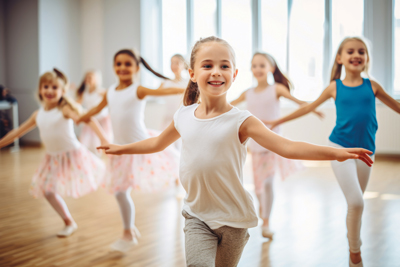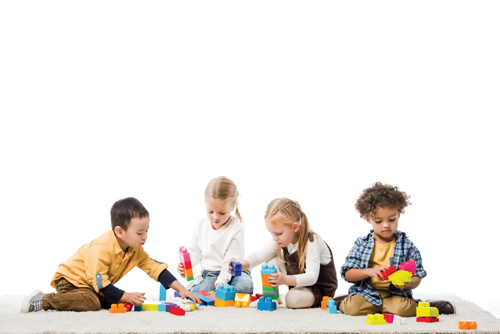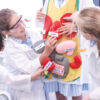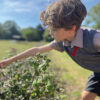
Dancing is an activity that has been enjoyed by people of all ages and cultures for centuries. It is not only a form of artistic expression, but also a great way to stay physically fit and healthy. For children, dancing is particularly beneficial as it promotes physical, emotional and social development. In today’s fast-paced world, where technology and sedentary lifestyles are becoming the norm, it is more important than ever to encourage children to engage in physical activities and keep active.
Firstly, dancing is a great form of exercise for children because it involves the whole body. It is a full-body workout that engages all major muscle groups, including the legs, arms, core and back. Dancing also improves flexibility, co-ordination and balance. As children learn and practise different dance moves and routines, their bodies become more flexible and their range of motion increases. This not only improves their physical performance but also helps to prevent injuries.
By learning and mastering different dance steps and routines, children improve their ability to control their body movements and maintain balance, which is important for their overall physical development.
Secondly, dancing is an enjoyable form of exercise for children. Unlike traditional forms of exercise, such as running, dancing allows children to express themselves creatively and have fun while staying active. This makes it more likely for them to engage in physical activity on a regular basis. Dancing also has a social aspect to it, as it is often done in groups or pairs. This can help children develop social skills, build friendships, and boost their self-confidence. In a dance class or performance, children learn to work together as a team, communicate effectively, and support each other. This not only benefits their physical health but also their emotional and social wellbeing.
Dancing is a low-impact exercise that is suitable for children of all ages and abilities. Unlike high-impact activities, such as running or jumping, dancing puts less strain on the joints and muscles, making it a safe form of exercise for children. This is particularly important for young children who are still developing physically. Dancing can also be modified to suit the individual needs and abilities of each child. For example, children with disabilities or physical limitations can still participate in dancing by adapting the movements and routines to their abilities. This inclusivity makes dancing an accessible form of exercise for all children.
In addition to its physical benefits, dancing also has a positive impact on children’s mental health. Regular physical activity, such as dancing, has been linked to improved mood, reduced stress and anxiety and increased self-esteem. Dancing releases endorphins, also known as the ‘feel-good’ hormones, which can help them feel happier and more relaxed. It also provides a healthy outlet for children to express their emotions and relieve any tension or stress they may be experiencing. As children learn to control their body movements and improve their skills, they also gain a sense of accomplishment and boost their self-confidence. This can have a positive impact on their overall wellbeing and help them develop a positive body image.
The importance of keeping active for children goes beyond physical and mental health benefits. Regular physical activity is essential for children’s overall development and long-term health. According to the World Health Organization, physical inactivity is one of the leading risk factors for global mortality, with about 3.2 million deaths per year attributed to insufficient physical activity. Childhood obesity is also a growing concern, and keeping active is crucial in preventing and managing it. Dancing, being a fun and enjoyable form of exercise, can help children develop healthy habits and maintain an active lifestyle as they grow older.
Dancing is therefore a fantastic form of exercise for children that offers numerous benefits for their physical, emotional and social wellbeing. It engages the whole body, promotes flexibility, co-ordination and balance, and is suitable for children of all ages and abilities.
Dancing is also enjoyable and has a positive impact on children’s mental health, boosting their self-esteem and promoting a sense of inclusivity and acceptance. In today’s world, where technology and sedentary lifestyles are becoming more prevalent, it is crucial to encourage children to stay active and engage in physical activities like dancing. By doing so, we can help children develop healthy habits, prevent health issues and promote their overall development.




















